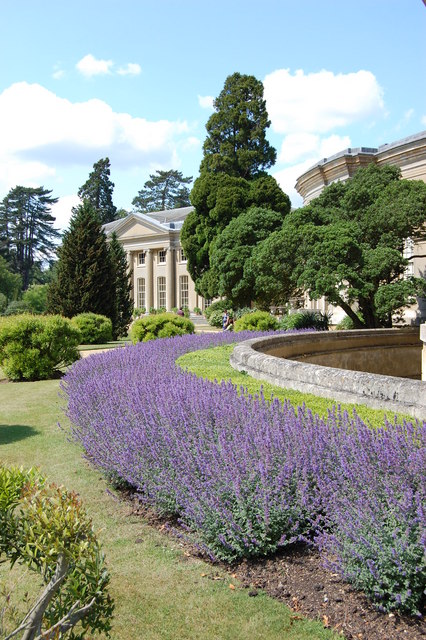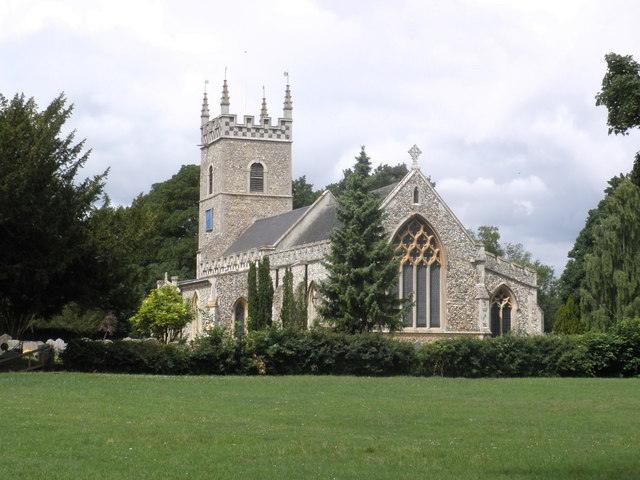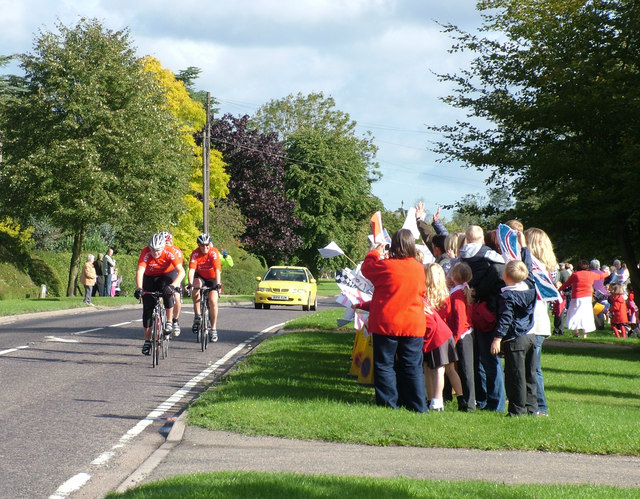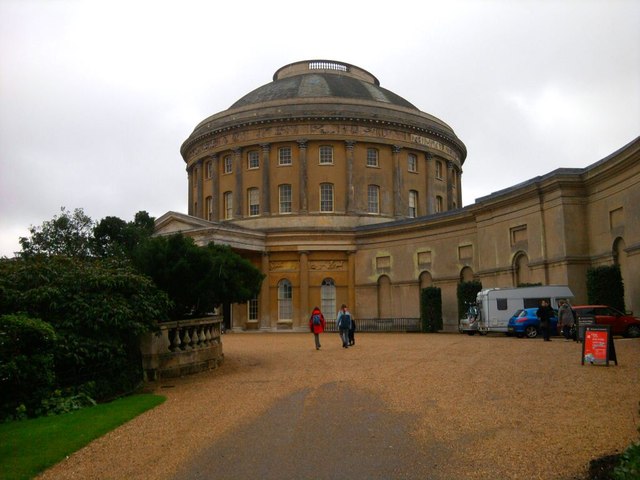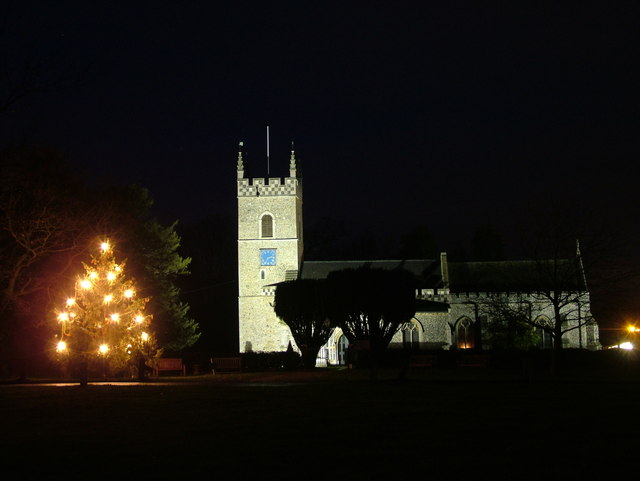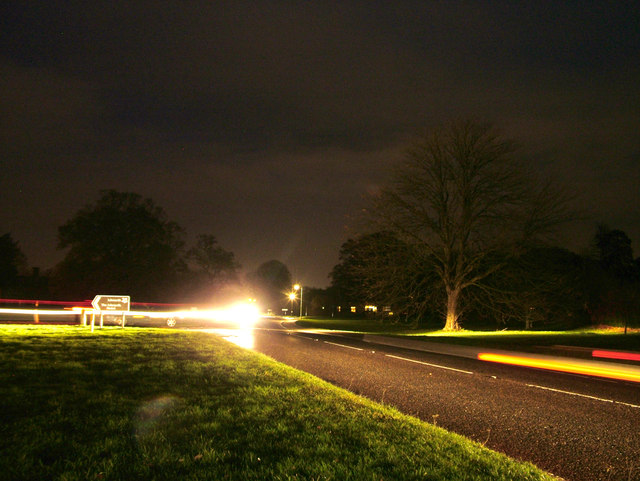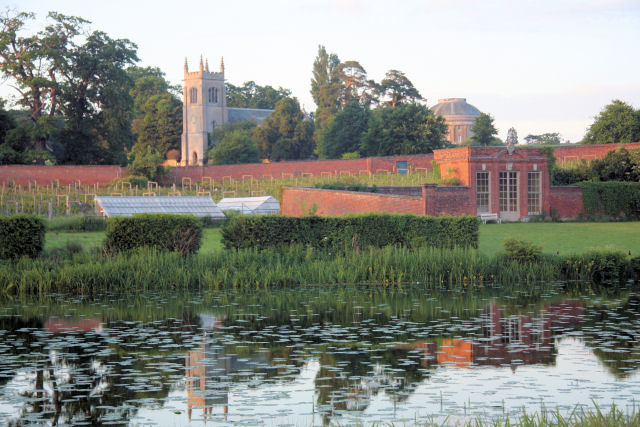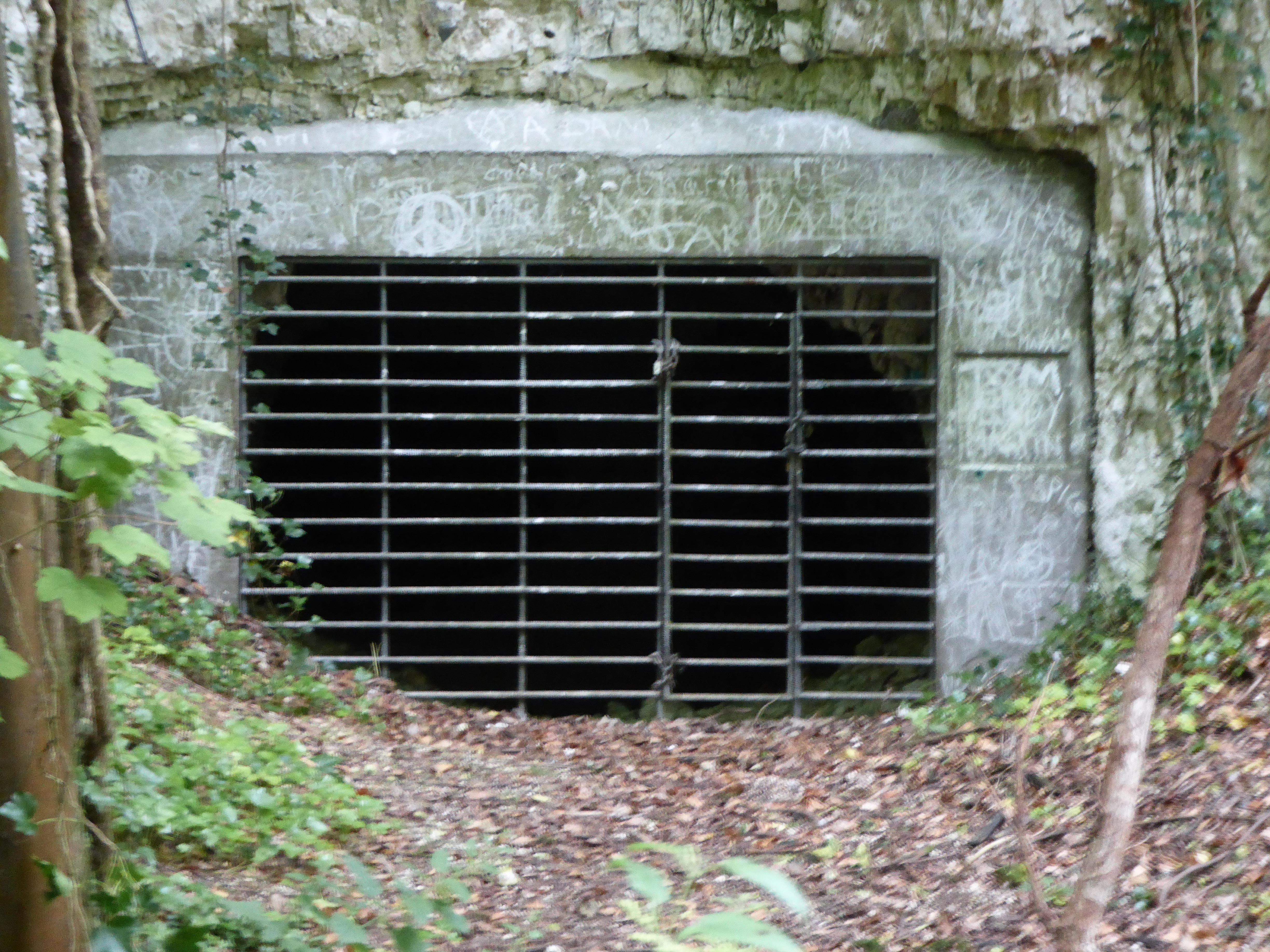Turner's Gorse
Wood, Forest in Suffolk West Suffolk
England
Turner's Gorse

Turner's Gorse is a charming woodland located in Suffolk, England. Situated near the village of Woodbridge, this forest is a popular destination for nature lovers and hikers alike. Covering an area of approximately 100 acres, Turner's Gorse offers a tranquil escape from the hustle and bustle of city life.
The woodland is predominantly composed of gorse, a spiny evergreen shrub that blooms with vibrant yellow flowers during the spring and summer months. This dense vegetation provides a habitat for a diverse range of wildlife, including birds, butterflies, and small mammals. Visitors can often spot species such as the Dartford warbler, silver-studded blue butterfly, and common lizard within the forest.
The forest features a network of well-maintained trails, allowing visitors to explore its beauty at their own pace. These paths wind through ancient oak and beech trees, creating a picturesque setting that is perfect for leisurely walks or picnics. Along the trails, there are also several benches where visitors can rest and take in the peaceful surroundings.
Turner's Gorse is centrally located within Suffolk, making it easily accessible to both locals and tourists. The woodland is also conveniently close to other popular attractions, such as Sutton Hoo and Rendlesham Forest, making it an ideal stop for those exploring the region.
Overall, Turner's Gorse is a stunning woodland destination that offers a tranquil escape and a chance to reconnect with nature. Its diverse wildlife, picturesque trails, and convenient location make it a must-visit for any nature enthusiast or anyone seeking a peaceful retreat in the Suffolk countryside.
If you have any feedback on the listing, please let us know in the comments section below.
Turner's Gorse Images
Images are sourced within 2km of 52.230114/0.66305106 or Grid Reference TL8162. Thanks to Geograph Open Source API. All images are credited.

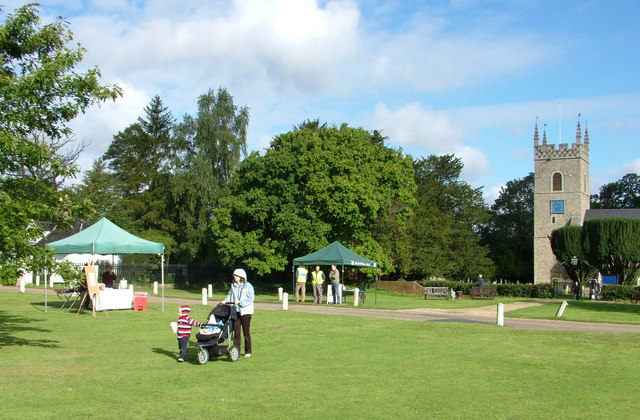
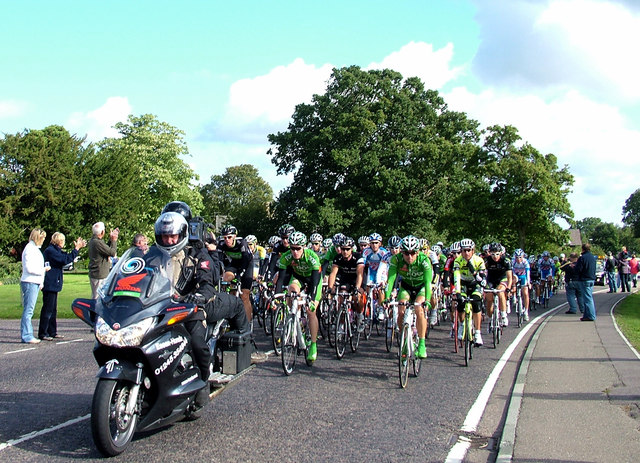
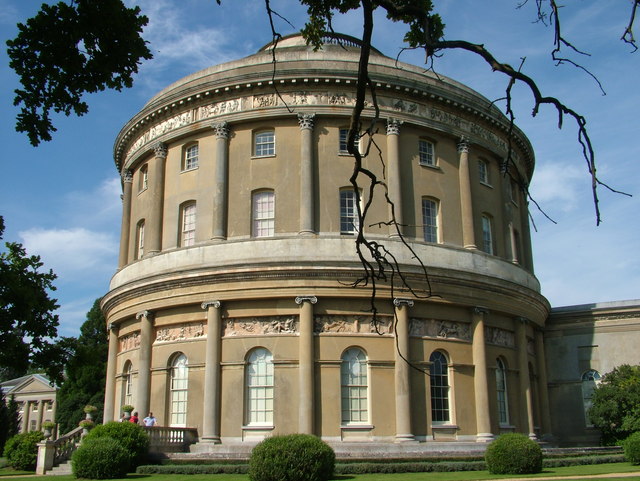
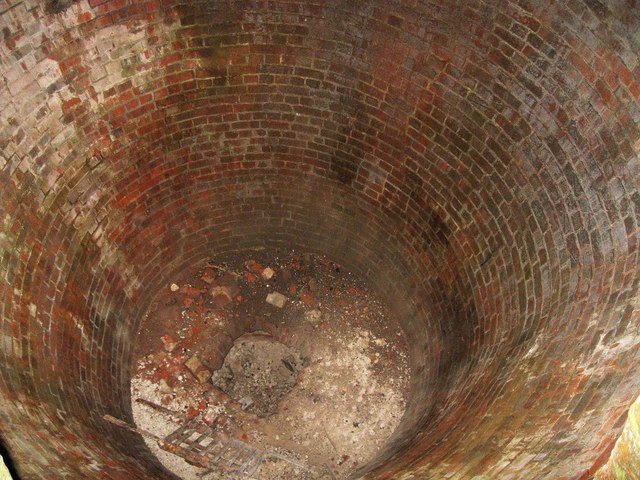

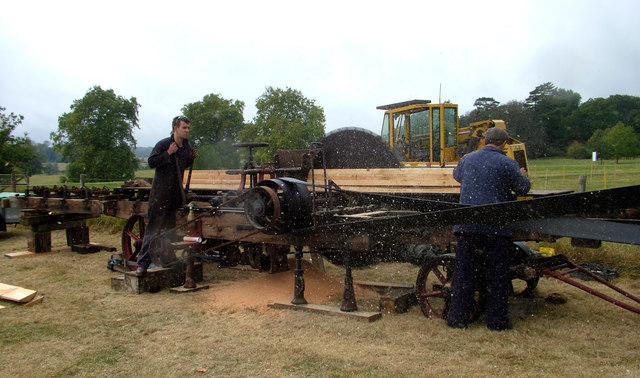
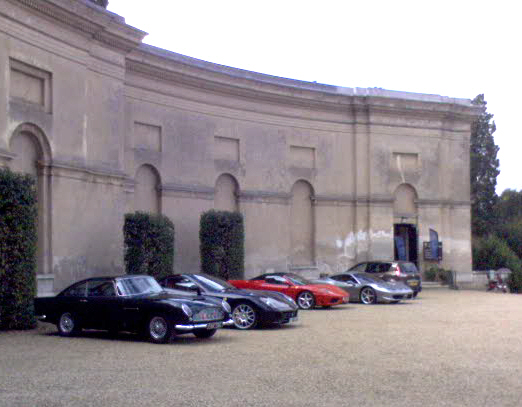
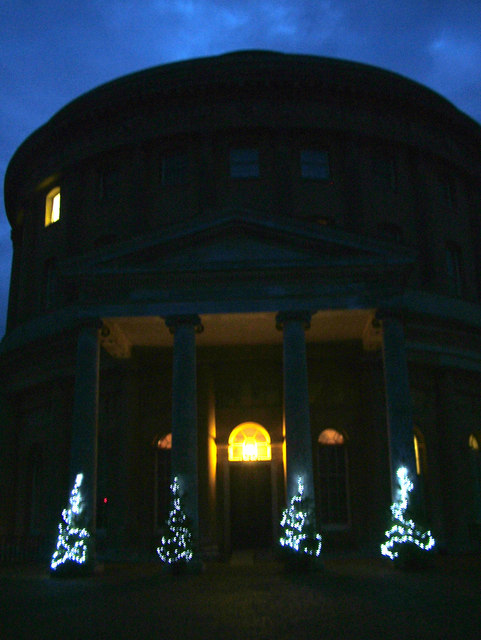

Turner's Gorse is located at Grid Ref: TL8162 (Lat: 52.230114, Lng: 0.66305106)
Administrative County: Suffolk
District: West Suffolk
Police Authority: Suffolk
What 3 Words
///developed.jolly.grand. Near Bury St Edmunds, Suffolk
Nearby Locations
Related Wikis
Little Horringer Hall
Little Horringer Hall is a Grade II-listed house in Horringer, Bury St Edmunds, Suffolk, England.There has been a hall in this location since the 17th...
Horringer
Horringer, formerly also called Horningsheath, is a village and civil parish in the West Suffolk district of Suffolk in eastern England. It lies on the...
Ickworth House
Ickworth House is a country house at Ickworth, near Bury St Edmunds, Suffolk, England. It is a neoclassical building set in parkland. The house was the...
St Mary's Church, Ickworth
Ickworth Church (more formally known as St Mary's Church, Ickworth) is a former parish church in Ickworth Park near Bury St Edmunds in Suffolk, England...
Ickworth
Ickworth is a small civil parish, almost coextensive with the estate of the National Trust's Ickworth House, in the West Suffolk district of Suffolk, eastern...
Horringer Court Caves
Horringer Court Caves is a 3.8-hectare (9.4-acre) biological Site of Special Scientific Interest on the southern outskirts of Bury St Edmunds in Suffolk...
Westley, Suffolk
Westley is a village and civil parish in the West Suffolk district of Suffolk in eastern England. It is located south of Junction 42 of the A14 providing...
RAF Westley
RAF Westley is a former Royal Air Force satellite airfield located to the west of Bury St Edmunds, Suffolk, England, between 1938 and 1946. It was established...
Nearby Amenities
Located within 500m of 52.230114,0.66305106Have you been to Turner's Gorse?
Leave your review of Turner's Gorse below (or comments, questions and feedback).
